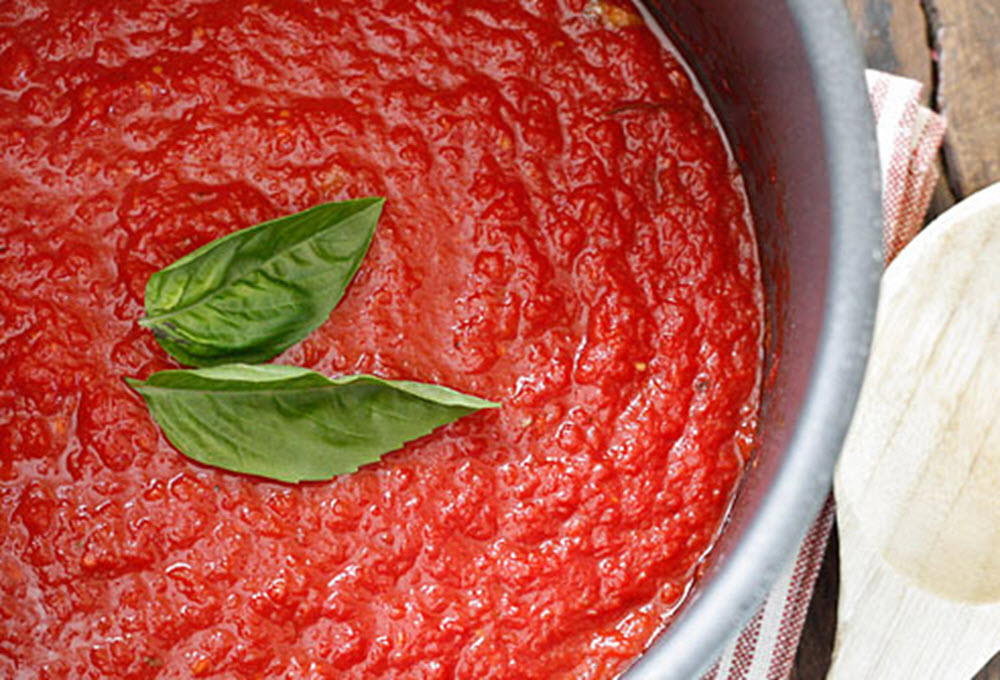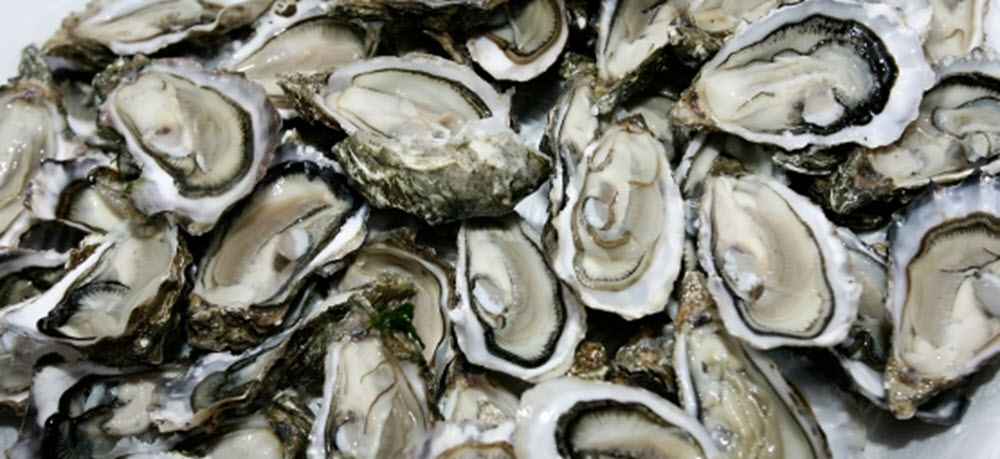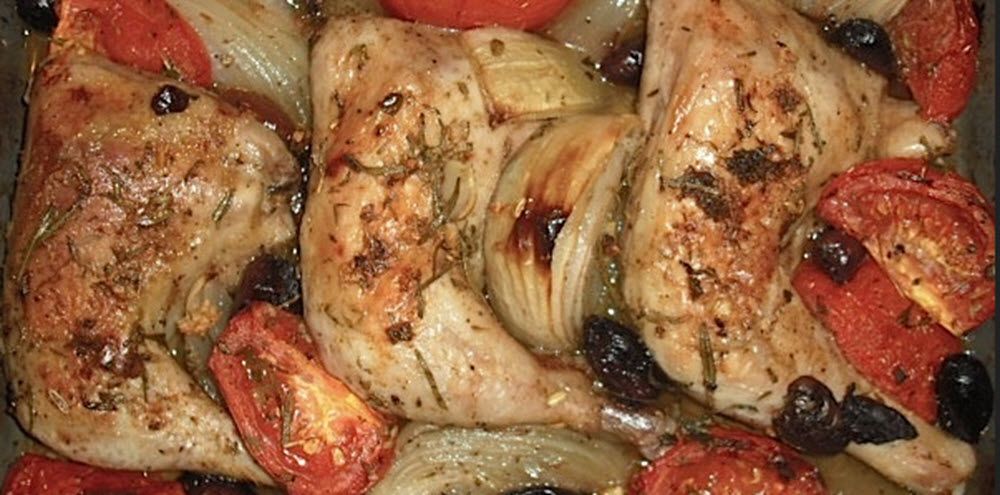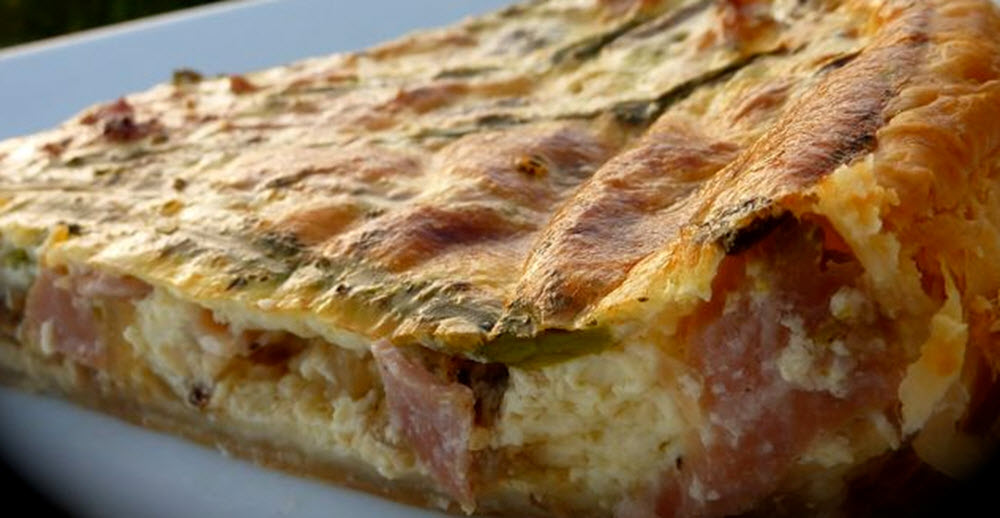INGREDIENTS
- ½ medium sized yellow onion
- 4 large tomatoes
- 2 cloves garlic
- 1 tablespoon olive oil
- 1/4 cup red wine
- 1 tablespoon honey
- 1 teaspoon dried basil
- 1 teaspoon oregano
- 1 teaspoon dried marjoram
- 1 teaspoon salt
- 1/2 teaspoon ground black pepper
- You may also need some water
Instructions
- Chop the yellow onion, cut the tomatoes into chunks, and mince the garlic.
- Heat olive oil in a stockpot over medium heat.
- Add the yellow onion to the stockpot and cook until the onion is soft. This will normally take about 5 minutes. You’ll probably need to stir the onion once in a while to make sure it is evenly cooked and not burned.
- Add tomatoes and garlic to the stockpot, and bring to a boil.
- Reduce to medium-low heat and leave to simmer until the tomatoes are really soft. This will normally take 30 – 45 minutes. If it starts getting too dry, reduce heat and add some water to prevent burning. Since the water content of tomatoes varies, you need to adjust accordingly.
- Stir in red wine, honey, basil, oregano, marjoram, salt and ground black pepper.
- Bring to a simmer and cook on low heat for roughly 30 more minutes. Add a little extra water if necessary, but be careful not to overdo it.
About marinara sauce
Marinara sauce is a tomato-based sauce from Naples, Italy. Naples is a port town, and the name marinara denotes a connection to mariners. A wide range of marinara recipes exists – even within Naples – but most of them agree that the base of this sauce is tomatoes, garlic, onions, olive oil, salt, pepper and various herbs.
Examples of additional ingredients found in many marinara sauce recipes are wine, olives, anchovies and capers. Of course, the herbs used for seasoning can be varied almost endlessly. Add some chili for a spicy marinara sauce, some anise for a hint of licoricesness, and so on.
According to a widespread marinara legend, the marinara sauce was invented pretty soon after Columbus’ arrival in the Americas. Cooks aboard European ships noticed that the tomato – a New World crop – could be turned into a sauce that wouldn’t spoil during long voyages. (The high acid content of tomatoes gives them a certain resilience.)






0 Comments